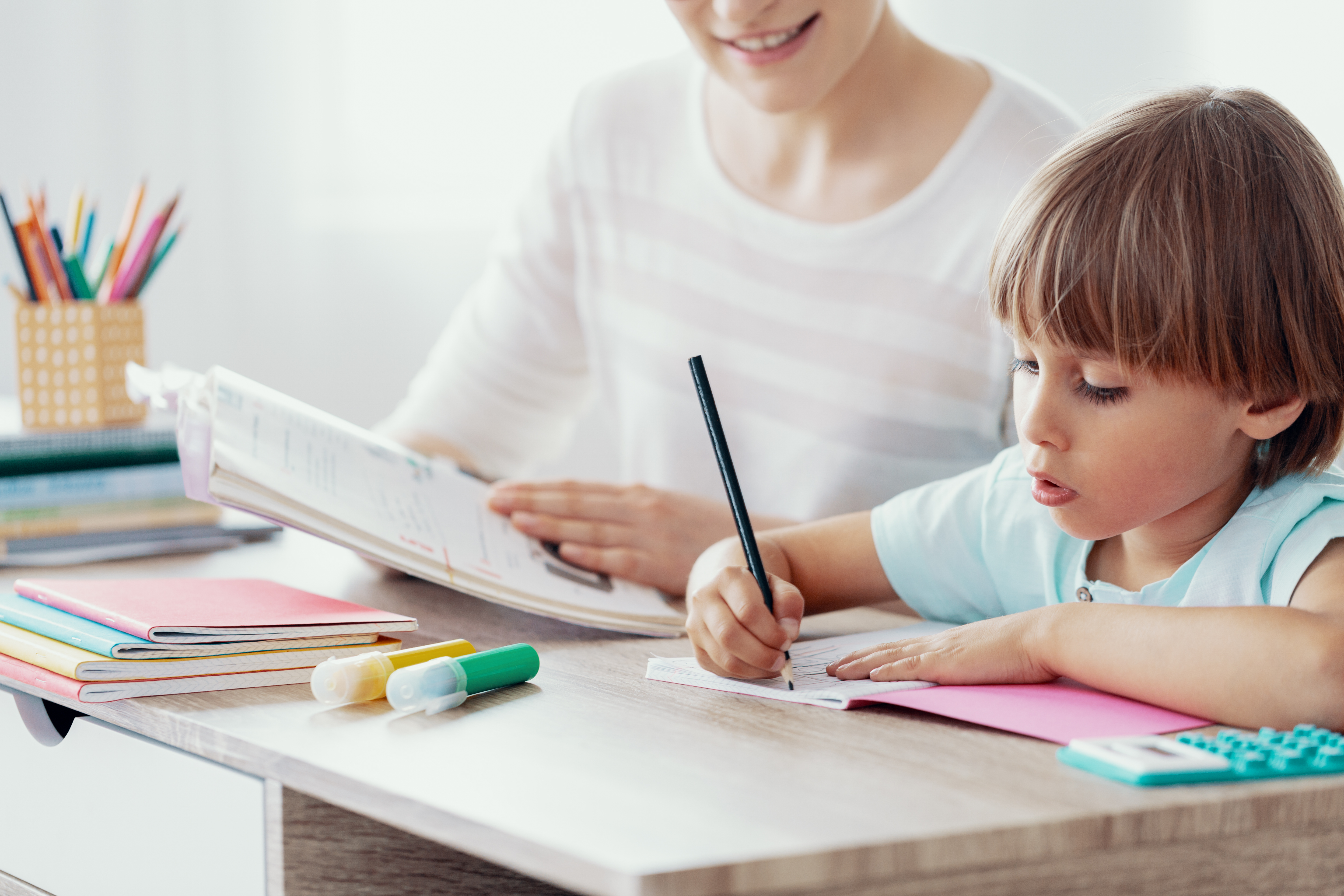Simple tips and tricks to help your child at home

Parenting children with disabilities, including autism, presents unique challenges that can be both emotionally and physically demanding. The journey may involve navigating through complex therapy schedules, managing potential communication barriers, and addressing specific sensory needs. It’s perfectly normal to feel overwhelmed at times, but it’s crucial to remember that you are not alone. It’s important to acknowledge your efforts and celebrate small victories. Embracing a mindset of flexibility and resilience can empower you to adapt to the ever-evolving nature of parenting a child with disabilities.
Below are some tips and tricks based on learning theory and behaviour analysis that may be useful on your journey.
- Establish Clear Routines:
- Create a structured daily schedule to provide predictability for your child.
- Use visual schedules or charts to represent the routine visually.
- Use Visual Supports:
- Visual aids, such as pictures or icons, can help your child understand expectations.
- Use visual schedules, social stories, and reward charts to reinforce positive behaviour.
- Break Tasks into Smaller Steps:
- Break down complex tasks into smaller, manageable steps to make them more achievable.
- Provide clear instructions and praise for each completed step.
- Provide Clear Instructions:
- Give simple, concrete instructions using clear language.
- Ensure your child understands by asking them to repeat or demonstrate what they need to do.
- Use Positive Reinforcement:
- Reinforce positive behaviours with praise, encouragement, or small rewards.
- Be specific about what behaviour you’re praising to make the reinforcement more effective.
- Implement a Token System:
- Use a token economy system where your child earns tokens for desired behaviours.
- Exchange tokens for a preferred item or activity.
- Offer Choices:
- Provide your child with choices to give them a sense of control.
- Ensure choices are limited to avoid overwhelming them.
- Teach Self-Monitoring:
- Help your child learn to monitor their own behaviour.
- Use visual cues or self-checklists to prompt self-reflection.
- Create a Quiet Space:
- Designate a quiet, calm space where your child can retreat if they feel overwhelmed.
- Make this space comforting and filled with sensory-friendly items.
- Use Social Stories:
- Develop social stories to explain social situations or changes in routine.
- Read the stories with your child to prepare them for upcoming events.
- Model Behavior:
- Demonstrate appropriate behaviour for your child to observe and imitate.
- Use role-playing to practice social skills in a controlled environment.
- Build in Breaks:
- Schedule regular breaks, especially during challenging tasks.
- Breaks can help prevent frustration and maintain focus.
- Encourage Independence:
- Foster independence by teaching age-appropriate self-help skills.
- Gradually increase expectations as your child masters each skill.
- Stay Calm and Consistent:
- Remain calm and consistent in your responses to behaviour.
- Consistency helps your child understand expectations and consequences.
- Collaborate with Professionals:
- Stay in communication with your child’s ABA therapist or other professionals.
- Share successful strategies and seek advice for challenges.
Remember, every child is unique, so it’s essential to tailor these tips to your child’s specific needs and preferences.
Additionally, consulting with your child’s ABA therapist can provide personalised behaviour support plan strategies for your home environment.
Published On : November 28, 2023
Read more
Published On : November 28, 2023
The Key Worker model is instrumental in delivering effective support and services, particularly within the realm of behaviour analytic therapy for individuals grappling with autism and other disabilities.
Published On : January 25, 2024
In this article, we'll explore the significance of allied health collaboration and offer insights into how three crucial disciplines (Behaviour Analysis, Speech Therapy, and Occupational Therapy) can work together to support your child's growth and development.


